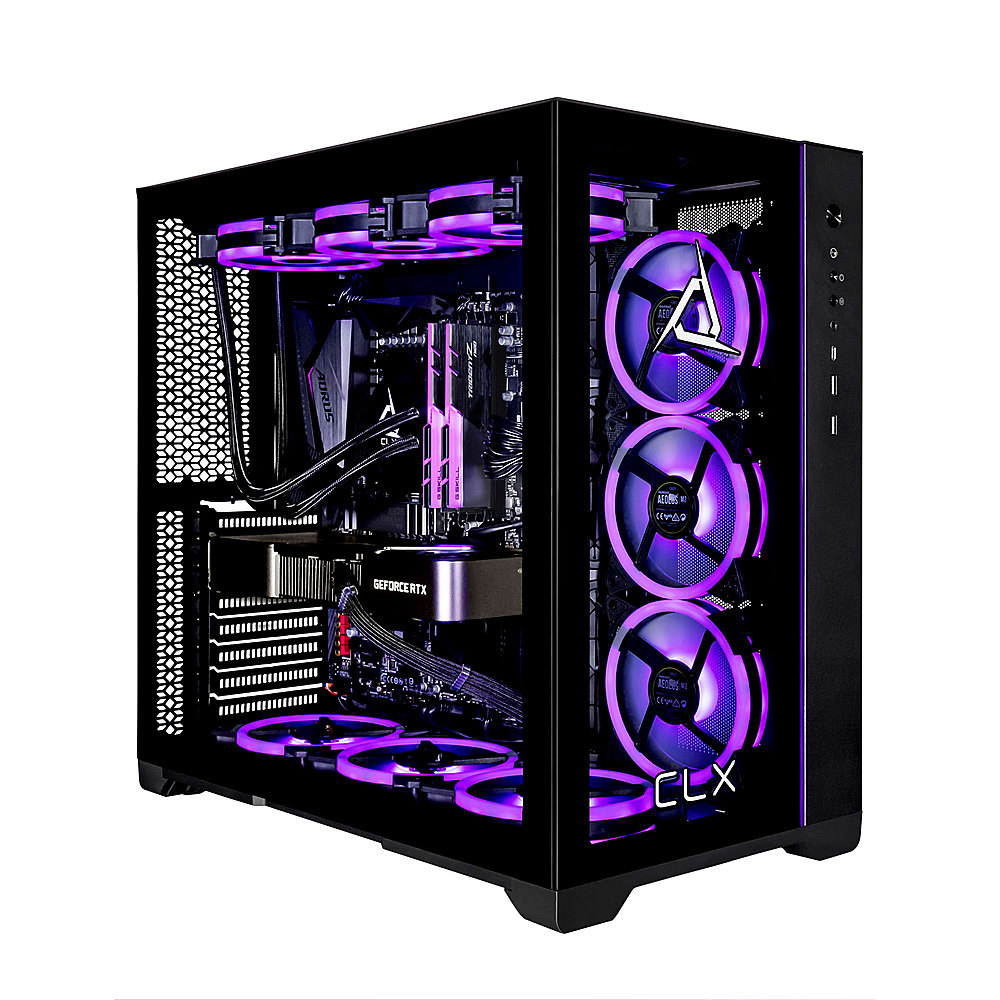Can you turn on a pc without a graphics card? When it comes to building or troubleshooting a desktop computer, the presence of a graphics card often comes into question. The ability to initialize a system without a graphics card is a scenario that many may encounter. This article will explore whether it’s possible to boot up a PC without a dedicated graphics card and discuss the implications of doing so. Additionally, it will provide insights into the 2024 landscape regarding integrated graphics, display output alternatives, and what you need to know to get a system up and running under these conditions.
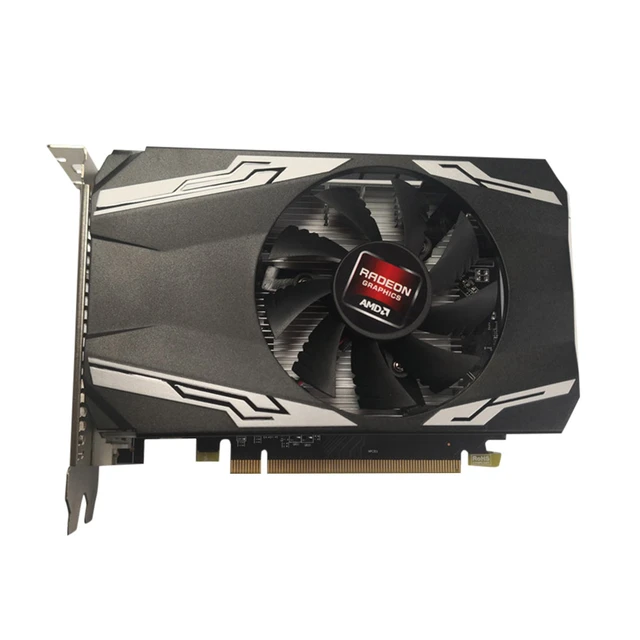
What Happens During Boot Without a Graphics Card?
The Role of a Graphics Output
A graphics card, also known as a video card or GPU, is responsible for rendering images to your monitor. However, a graphics card is not always a mandatory component for a computer to power on and run basic processes. Indeed, you can turn on a PC and even reach the boot stage without a graphics card installed.
BIOS/UEFI and Initial Power-Up
Can you boot a pc without a gpu? When a computer is turned on, the Basic Input/Output System (BIOS) or Unified Extensible Firmware Interface (UEFI) initializes all connected hardware components and checks for basic functionality. This process, often called the Power-On Self-Test (POST), does not necessarily require a graphics card to succeed. If everything checks out, the system will proceed to load the operating system.
Integrated Graphics as an Alternative
Will a pc turn on without a gpu?
CPUs with Integrated GPUs
Many modern central processing units (CPUs) come with an integrated graphics processing unit (GPU). These integrated GPUs can handle the basic display tasks of a computer, such as rendering the desktop environment and running applications that do not require high graphical performance.
Checking Compatibility
To use integrated graphics, you’ll need a compatible CPU and a motherboard with onboard video outputs. If your CPU supports integrated graphics, and your motherboard has the corresponding video ports (such as HDMI, DisplayPort, DVI, or VGA), you can connect your display directly to the motherboard and boot the system without a dedicated graphics card.
Workarounds and Troubleshooting
Using Motherboard Outputs
If you are building a new system or troubleshooting an existing one without a graphics card, locate the video outputs on the motherboard. Connect your monitor to one of these outputs to use the integrated graphics. If the system does not boot up, you may need to clear the CMOS or update the BIOS/UEFI to ensure that the integrated graphics are enabled by default.
Remote Management Technologies
For systems without integrated graphics or a dedicated GPU, servers and workstations may utilize remote management technologies like Intel’s AMT or HP’s iLO. These technologies allow access to the system’s controls over a network, enabling you to manage the system without a direct video output.
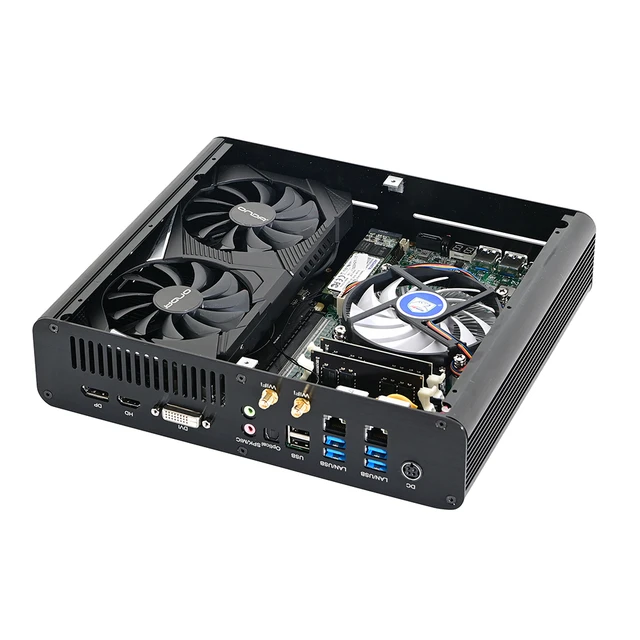
Getting the System to Post
Necessary Hardware Components
A PC requires key components like a CPU, RAM, power supply, and storage to successfully boot. Make sure that these essentials are properly installed and functioning. If your system includes a compatible CPU with integrated graphics, ensure that your display is connected to the motherboard’s video output. If your CPU does not support integrated graphics, you’ll not be able to see anything on the screen, but the system might still boot to the operating system, which can then be accessed through network-based solutions.
Recognizing Boot Indicators
Even without a display output, listen for beeps or look for LED indicators on the motherboard, as these can signify the system’s status. Specific beep patterns or light sequences correlate with different POST outcomes, which can diagnose whether the system is booting properly. The absence of a graphics card — if not accounted for in the BIOS/UEFI settings — may cause an error indication.
Long-Term Considerations for Display Output
Limitations Without Dedicated GPUs
While it’s possible to operate a PC without a graphics card, there are limitations to the functionality and performance of the system. Integrated graphics are typically sufficient for basic tasks and some light multimedia uses. However, for gaming, video editing, or any graphics-intensive applications, a dedicated GPU will be necessary to provide the needed performance.
Planning for Expandability
If you currently operate a system without a dedicated GPU but plan to add one later, ensure the rest of your system can support that upgrade. This means having a power supply with sufficient wattage and the proper connectors, an appropriate PCIe slot on the motherboard, and enough physical space in the case for the graphics card.
Expanding on Remote Access Options
Utilizing Network Capabilities
For PCs that lack both a dedicated graphics card and integrated graphics support, remote access technologies come into play. Network access solutions such as Remote Desktop, VNC, or SSH enable users to control and interact with a system using another device. These technologies are especially useful for servers where physical interaction with a user interface is less common or systems that are headless (without any display capability).
Accessing the Operating System Remotely
Even if you cannot see anything on a local monitor, a system with proper network configuration and services already installed may boot into the operating system and accept remote connections. Configuring these settings beforehand ensures that, if you ever need to run your system without an attached display, you can still perform necessary operations and maintenance tasks.
Leveraging Headless Setups
Professionals and hobbyists alike who utilize their computers for tasks like network storage, media serving, or as a personal cloud, often utilize headless setups. These configurations don’t require a graphics card as the systems are typically controlled entirely over the network. Ensuring the machine boots properly and is accessible over the network are crucial for a seamless headless experience.
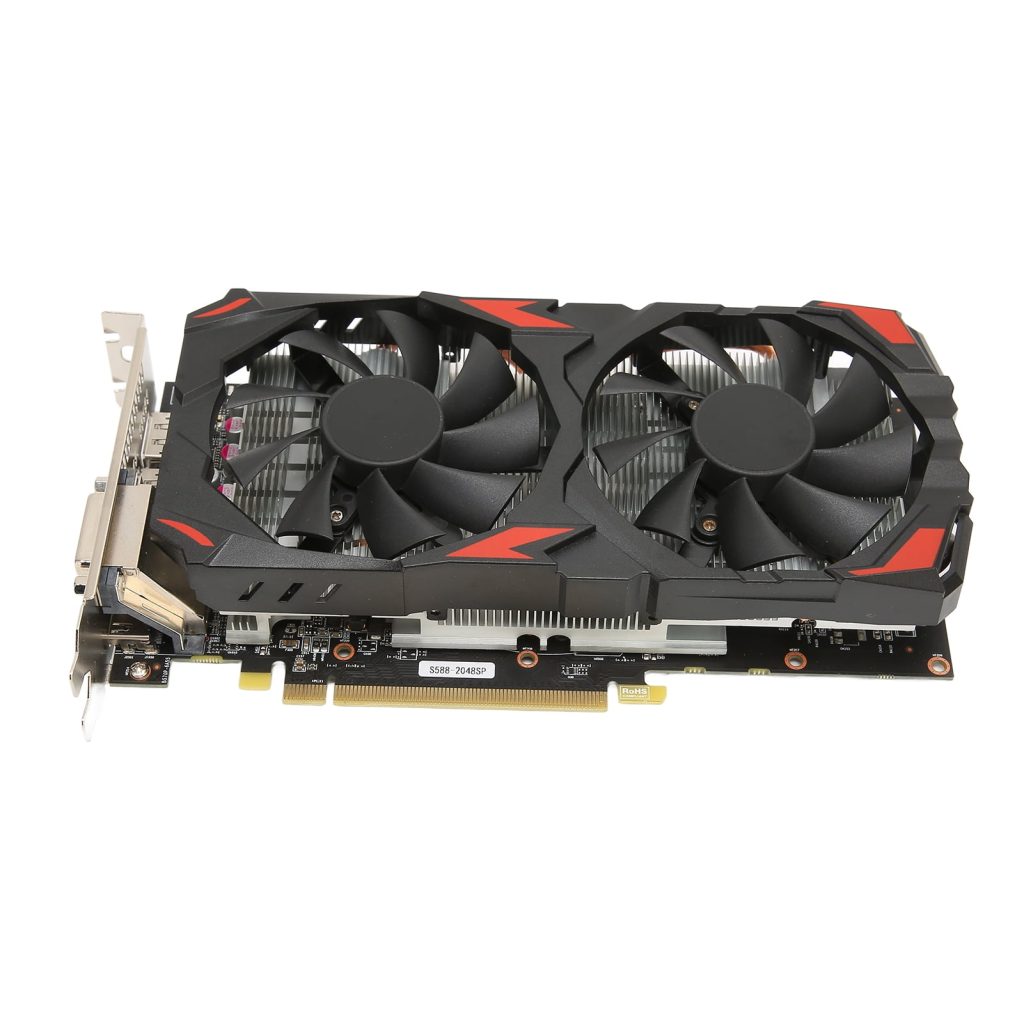
The Importance of BIOS/UEFI Settings
Configuring the System without Display
Even without a graphics card, the BIOS/UEFI settings play a pivotal role in the behavior of your system. Adjusting the default video output settings, onboard device configuration, or deciding which graphics adapter to prioritize (integrated vs. dedicated) can influence the ability to boot up without a graphics card in pc. Accessing and changing BIOS/UEFI settings usually requires a display output, so you should configure these settings while you have access to a functioning graphics output method.
How to install a graphics card on your computer
Installing a graphics card is a crucial process in unleashing high-quality visuals, smooth gaming experiences, and enhanced performance on a PC. Whether you are upgrading an existing graphics card or installing a new one, understanding the installation process is essential.
Preparation:
Before beginning the installation process, ensure you have all the necessary tools and materials. These might include a new graphics card, an antistatic wrist strap, a screwdriver, compatible power cables, and the installation manual specific to your graphics card model. Familiarize yourself with the instructions provided in the manual to ensure a smooth installation process.
Selecting the Right Graphics Card:
Choose a graphics card that is compatible with your PC’s specifications and meets your specific requirements. Consider factors such as the available space in your PC case, power supply capacity. And the type of interface supported by your motherboard (e.g., PCIe). Research and select a graphics card model that fits your needs and is supported by your system.
Uninstall Old Drivers:
Before physically installing the new graphics card, it is important to uninstall any existing graphics card drivers. This will help avoid conflicts between the old and new drivers. Access the Device Manager in your operating system, locate and expand the Display Adapters section. Right-click on your current graphics card, and select Uninstall. Follow the on-screen instructions to complete the process.
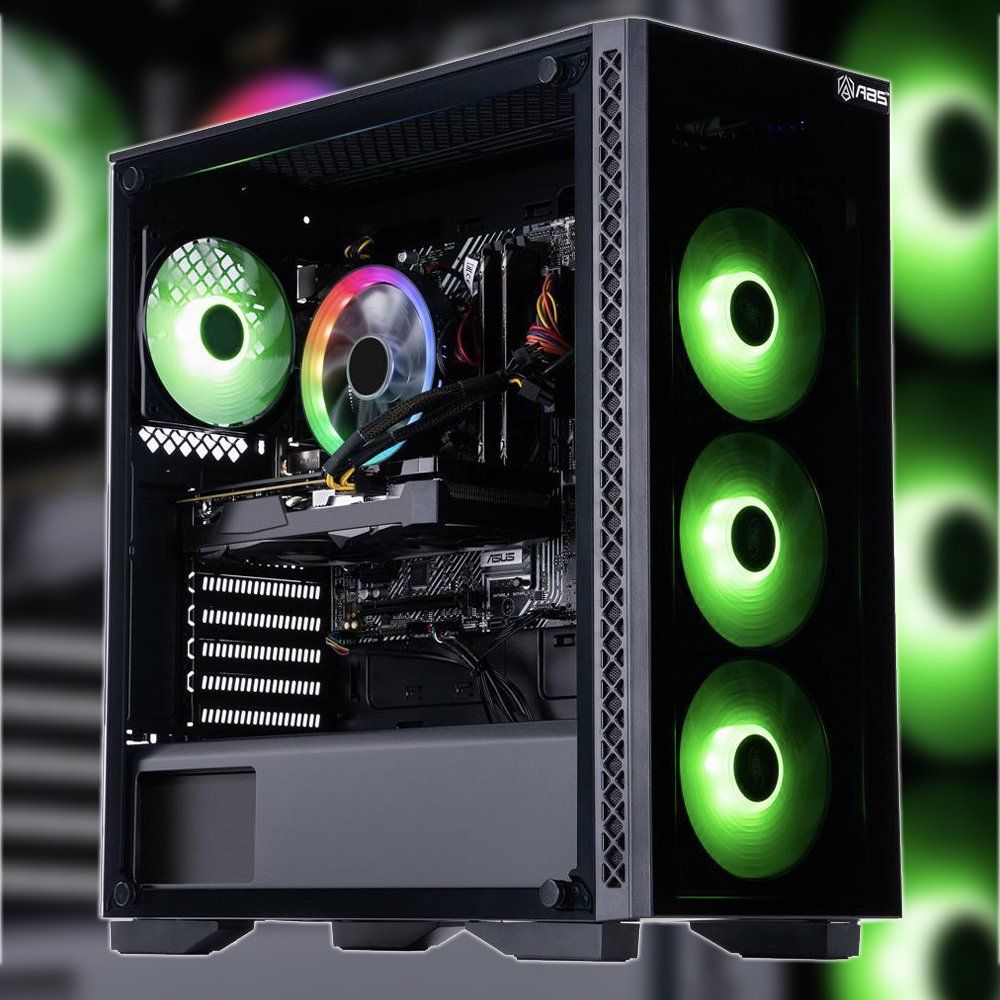
Physically Installing the Graphics Card:
Follow these steps to physically install the graphics card in your PC:
- Power off your PC and unplug it from the power source.
- Open your PC case by removing the side panel(s) using a screwdriver.
- Locate the PCIe slot on the motherboard. Ensure there is enough space and appropriate clearance for the new graphics card.
- Remove the corresponding expansion slot cover on the back of the PC case. This will allow access for the graphics card.
In conclusion
Can you start a pc without a gpu? The ability to start up a PC without a graphics card is entirely viable. Provided you have the right CPU with integrated graphics. Or utilize alternate remote management solutions for systems without display output capabilities. To successfully operate or diagnose a PC without a dedicated GPU. One must understand the roles of each component. Recognize the limitations of such a system, and prepare for potential troubleshooting scenarios.
